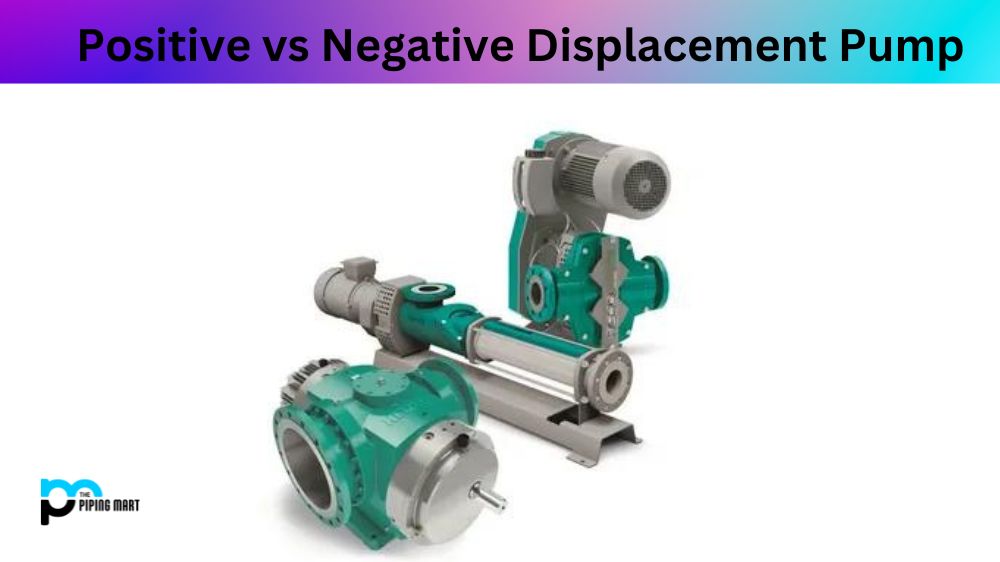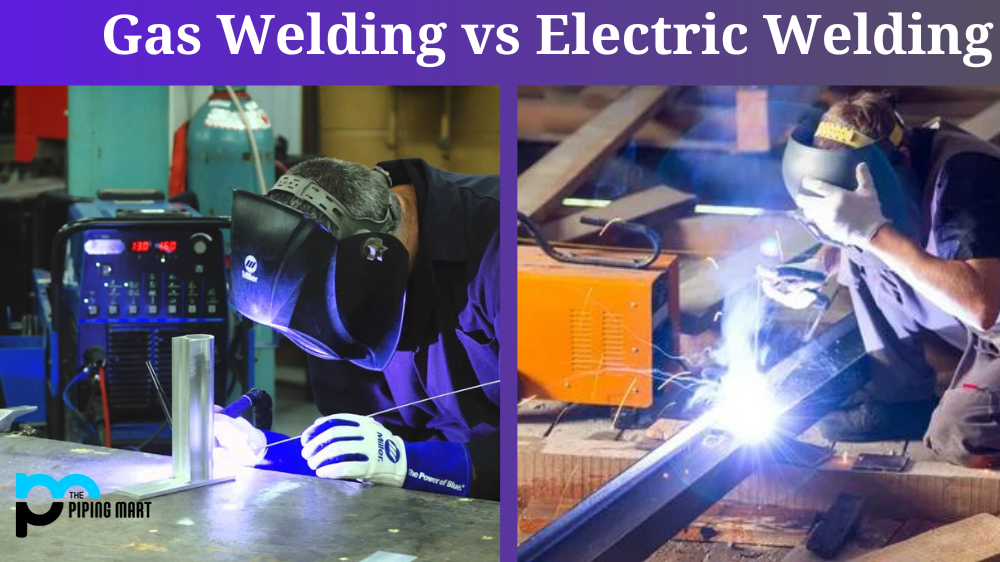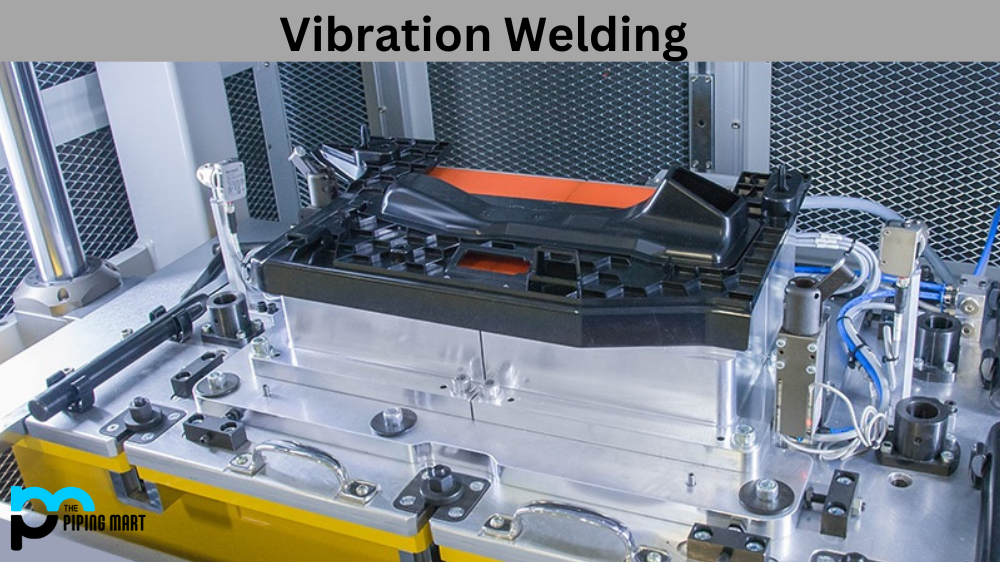Pumps play a crucial role in industrial processes and operations. They help move fluids or gases from one place to another, enabling machinery to function efficiently. However, not all pumps work in the same way. Two types of pumps that have different mechanisms are positive and negative displacement pumps. In this blog, we will discuss the difference between the two so that you can choose the best pump for your needs.
What is Positive and Negative Displacement Pump?
A positive displacement pump is a type of pump that moves a fluid by trapping a fixed volume and forcing it through the system. They are often used in hydraulic systems, can tolerate high pressures, and provide steady, pulsation-free flow. Negative displacement pumps, on the other hand, draw liquid into an intake and seal it before pushing the liquid out. These are usually less efficient than positive displacement pumps but offer higher pressure output ratios.
Difference Between Positive and Negative Displacement Pump
Mechanism
Positive displacement pumps work by trapping a fixed amount of fluid in a cavity and then moving it to another location. This process is repeated continuously, creating a smooth flow of liquid. On the other hand, negative displacement pumps use a type of centrifugal action to force fluids through the pump. The action creates a vacuum-like effect that pulls the liquid in and forces it through to the outlet.
Type of fluid
Positive displacement pumps are usually used for viscous fluids such as syrups, oils, and slurries. This is because they can handle the thickness of the fluid, and the cavity design works well with these types of substances. Negative displacement pumps are ideal for thin liquids like water, chemicals, or gases. The centrifugal action works best with these substances, easily pushing them through the pump.
Flow Rate
Positive displacement pumps are designed to create a constant, steady flow rate. This makes them ideal for applications requiring a controlled fluid flow, such as paint sprayers, pharmaceuticals, or food processing equipment. Negative displacement pumps, on the other hand, create a variable flow rate as the centrifugal action fluctuates. These pumps work best for applications that require a higher flow rate, such as irrigation or chemical transfer.
Maintenance
Positive displacement pumps require more maintenance than negative displacement pumps. The cavity can become damaged or worn over time, affecting the pump’s efficiency. On the other hand, negative displacement pumps are generally low-maintenance. They have fewer moving parts, and there are fewer chances for damage to occur.
Cost
Positive displacement pumps are usually more expensive than negative displacement pumps. This is because they are designed with more complicated mechanisms that require more precision and tolerance. Negative displacement pumps, by contrast, are often less expensive and have a more straightforward design.
Conclusion:
When it comes to choosing between positive and negative displacement pumps, it’s essential to understand the differences between them. Positive displacement pumps traverse and move a fixed amount of fluid, while negative displacement pumps use centrifugal action to force fluids through the pump. The fluid type, flow rate, maintenance, and cost are all important considerations when choosing a pump. By understanding these factors, you can make an informed decision and choose the best pump for your application.

Meet Bhavesh, a seasoned blogger with a wealth of knowledge and experience. From metal products manufacturing to retail, Bhavesh has a diverse background in various industries and is dedicated to sharing his insights and expertise with readers.




